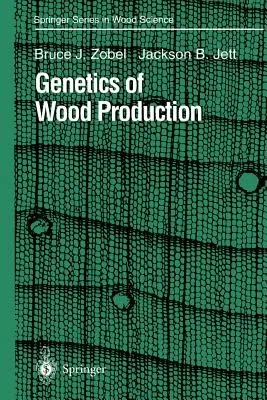Bruce J Zobel
(Author)Genetics of Wood Production (Softcover Reprint of the Original 1st 1995)Paperback - Softcover Reprint of the Original 1st 1995, 14 December 2011

Qty
1
Turbo
Ships in 2 - 3 days
In Stock
Free Delivery
Cash on Delivery
15 Days
Free Returns
Secure Checkout
Part of Series
Springer Wood Science
Part of Series
Springer Series in Wood Science
Print Length
337 pages
Language
English
Publisher
Springer
Date Published
14 Dec 2011
ISBN-10
3642795161
ISBN-13
9783642795169
Description
Product Details
Authors:
Book Edition:
Softcover Reprint of the Original 1st 1995
Book Format:
Paperback
Country of Origin:
NL
Date Published:
14 December 2011
Dimensions:
23.39 x
15.6 x
1.88 cm
ISBN-10:
3642795161
ISBN-13:
9783642795169
Language:
English
Location:
Berlin, Heidelberg
Pages:
337
Publisher:
Weight:
498.95 gm

